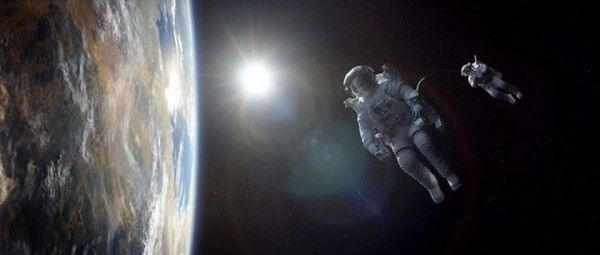In 2010, we had “The Avatar Effect”. Due to the box office-busting grosses of Avatar (which was then “confirmed” by the success of Tim Burton’s Alice in Wonderland) and the 3D ticket surcharge it was able to carry, every studio wanted in on 3D. They couldn’t post-convert their movies fast enough and it became a way to upsell consumers on a new fad. This, of course, was nothing new as 3D was a fad both in the 50s and the 80s. But this time was supposed to be different as digital 3D would usher in cleaner pictures, fewer eyesores, and a new tool that filmmakers could utilize in cinematic storytelling.
That didn’t happen. While there was a boom in 3D movies following the success of Avatar and Alice in Wonderland, that fad has died off yet again. Variety reports, “Box office revenues for 3D films in the U.S. and Canada fell 18% in 2017 to $1.3 billion, according to a new report by the Motion Picture Association of America. That’s the worst showing in eight years, and a steep drop off from the $2.2 billion in revenues generated by 3D films in 2010.” You can see in their chart that this isn’t a dip but a continued decline as viewers have recognized that they pay more for 3D movies but don’t get a better experience.
Studios trying to push 3D made business sense. It was a way to sell a more expensive ticket as well as an experience that only theaters could promise. It was a way to combat both television and the rise of streaming services like Netflix, and perhaps if studios had taken care with the technology instead of overusing it, they wouldn’t be seeing it die out right now. As it stands, studios treated 3D like a gold mine and exploited the vein as voraciously as possible. Now it’s dry, consumers are disinterested, and while there are still 3D releases, the tech no longer matters.
It’s a shame because there’s nothing inherently bad about 3D, and yet after eight years of what should have been the technology’s boom, few filmmakers and studios were able to do anything with it. 3D became something where it was occasionally neat, but rarely necessary. The quality of the 3D filmmaking varied from picture to picture, but for every Gravity, there were loads of other pictures where the 3D felt like an afterthought. People openly mocked the shoddy, rushed post-conversion on Clash of the Titans. Directors then touted how they were shooting natively in 3D, but consumers either didn’t care or didn’t notice (and given poor projection, it’s tough to blame them either way). Paramount delayed G.I. Joe: Retaliation for almost a year to give it a post-conversion, and the movie still limped to $122 million domestic. Technology that was supposed to prove “revolutionary” like HFR 3D on The Hobbit: An Unexpected Journey fizzled. Consumers caught on to all these approaches, and while international territories seized on the 3D tech, domestic audiences started to lose interest.
Yes, the drop in 3D follows a drop in overall box office. As Variety notes, “The declines accompany a larger drop in the domestic box office. Overall revenues fell roughly 2% in 2017 to $11.1 billion. The foreign box office, however, grew, hitting a record $40.6 billion,” so 3D was a nice tactic, but it couldn’t change the long-term fortunes of the domestic box office. More importantly, it didn’t find its way into the hearts of consumers.
Go to your local electronics store for a new TV, and 3D TV has basically been abandoned in favor of 4K and HDR. People want cleaner, sharper, more vibrant pictures, but they don’t want the glasses and they don’t want stuff coming out their screen. Studios are busy promoting 4K Ultra HD as the high-end of home entertainment, not a 3D version of the movie.
Anecdotally, studios seem to have backed away from promoting the format domestically. When I go to press screenings for movies that will be released in 3D, the studio no longer bothers to show it in that format whereas before 3D was mandatory. But lately, screenings of movies like Coco and Ready Player One were both presented to the press in 2D. 3D has now moved to an afterthought, and studios know that it has ceased to be an interesting format for filmmakers outside of James Cameron and perhaps a few others.
The question becomes will the Avatar sequels revitalize 3D or will Cameron be the last one pushing the technology? I don’t think we’re truly done with 3D (the next revolution, if there is one, will be glasses-less 3D), but it hasn’t taken off because most filmmakers didn’t know how to use it, and those that did were at the mercy of poor projection. There were simply too many places to screw up the tech, and too few incentives to make it work properly. It was rarely immersive in the way it was supposed to be, and audiences (at least in the U.S. and Canada) have gotten wise.
Perhaps there will be a 3D resurgence, but I wouldn’t be surprised if box office revenues continue to decline and audiences decide to ditch the glasses entirely.






